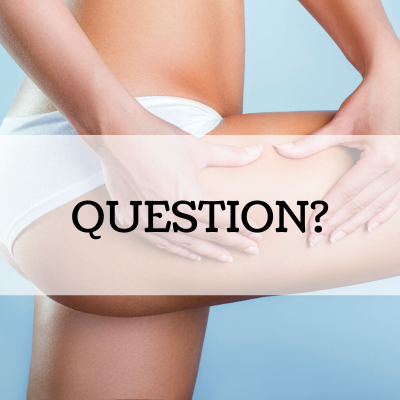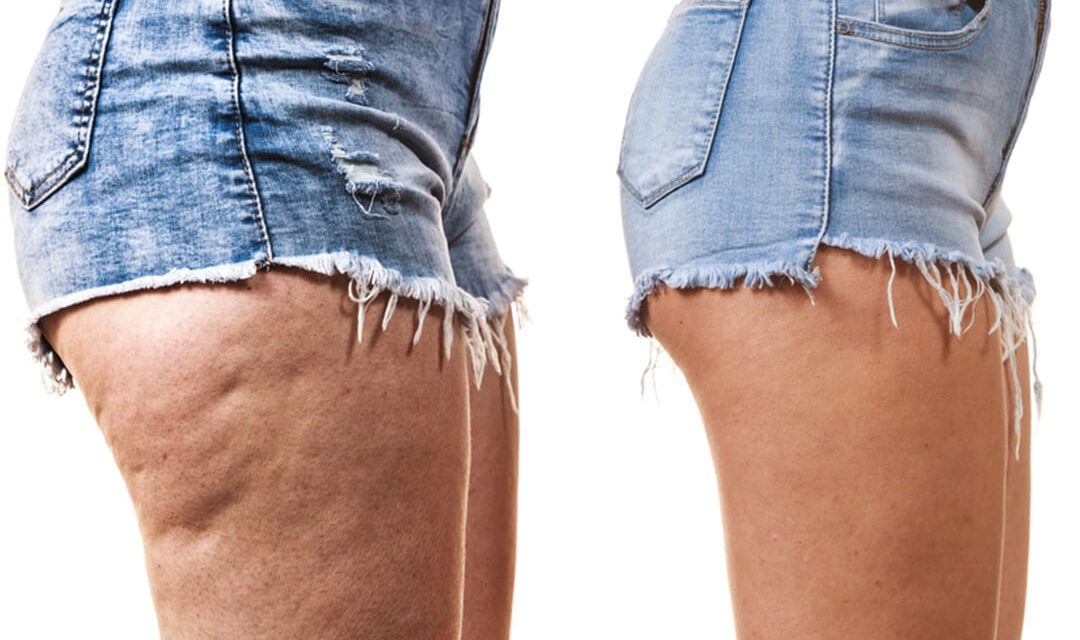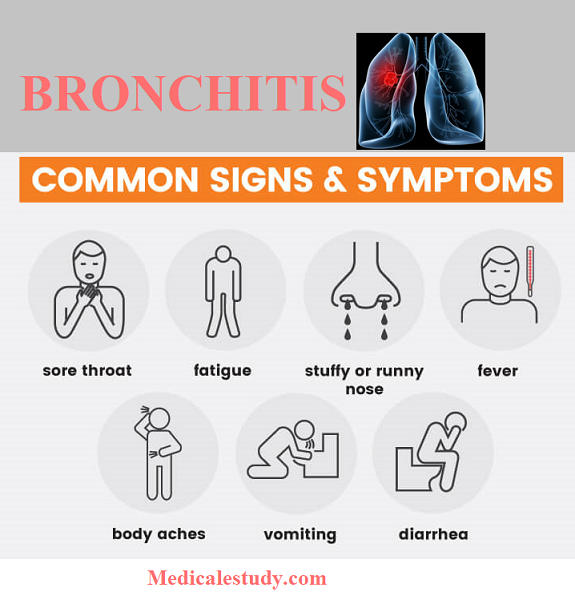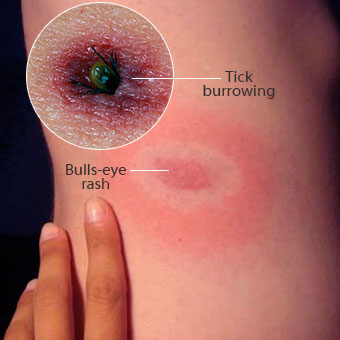The causes of borderline personality disorder are still unknown
But with all mental disorders, they do seem to relate in some way to a person's environment. It is also thought that the disease may be hereditary, but evidence that there is a hereditary link has not been proven. What is known, however, is that the disorder affects both men and women.
The exact causes of borderline personality are not understood. However, researchers believe that they are both genetic and environmental. They believe that as a child, these two factors interact to create what we know of as BPD today. It's likely that traumatic events that occur in childhood are linked to developing BPD as an adult. It is thought that these events could be related to post traumatic stress disorder.
When looking for a cause of borderline personality, it is important to know that there is no definite cure. The symptoms are treatable though, so the disorder can be managed in many cases. People who suffer from this disorder will often have problems with work or their relationships. This can be caused by their inability to cope with the changes in their lives, such as a new relationship, the death of a loved one, or a stressful change in a work environment.
People with this disorder often feel that they are inferior to other people and have a very low self-esteem. These feelings can be compounded by their negative thoughts and ideas about themselves and others. When a person has this disorder, it may lead them to develop anti-social traits and be impulsive, angry and even violent. Many times the disorder begins during the teenage years.
Because of the complexities of BPD, it is difficult to come up with a definite answer as to what causes it. There are some theories about the genetics, but nothing concrete as to why the genetic component may play a role. It is thought that a person suffering from BPD might have been affected by a traumatic event in their early life that was related to substance abuse or violence. It's also possible that the disease could have been brought on by some kind of traumatic event during childhood.
In some cases, borderline personality has been found to have been caused by a change in family structure. This includes changes in the size of the family unit, the change of sex of the parents, or even a change in the gender of the child. In rare cases, there have been cases where the disorder has been caused by a neurological disorder, but it's not clear as to why.
One of the main causes of BPD is when a person has been mistreated or abused in the past. This can be a spouse, parent, relative, or friend. It can also be caused by a history of alcoholism. Sometimes the disorder was caused by genetics as well as an underlying mental disorder such as depression.
When it comes to treating this disorder, a doctor may prescribe medications to help the person overcome their symptoms and help them cope with their symptoms and behavior. Medications such as antidepressants and mood stabilizers are often used in combination with counseling and therapy. A skilled therapist who specializes in working with people in this situation can also help the person overcome their problems.
There are different approaches to treatment, depending on the disease the person is suffering from. The most common are psychotherapy and medications. Many people will also try group therapy sessions and / or therapy through a particular type of support group.
In some cases, it can be treated with medications that are only used for this condition. Antipsychotics are one of the popular drugs for BPD. However, some doctors may also prefer antidepressants. A psychologist can also be very helpful if you have problems with this type of disorder.
Since there is no cure for BPD, it is important that people with it find effective treatments. and methods of treatment for this problem. Early detection and treatment can help treat and even prevent future episodes of BPD.







